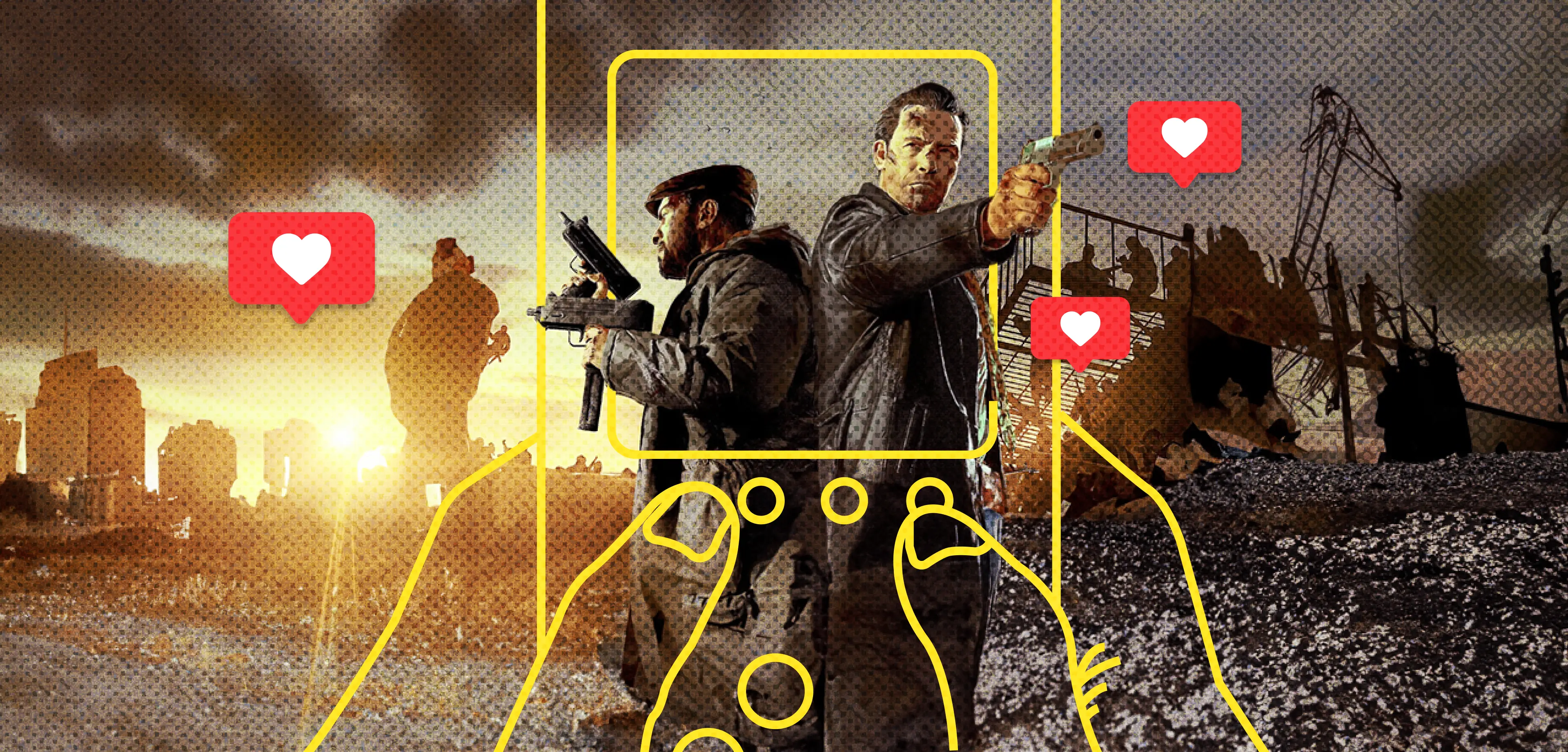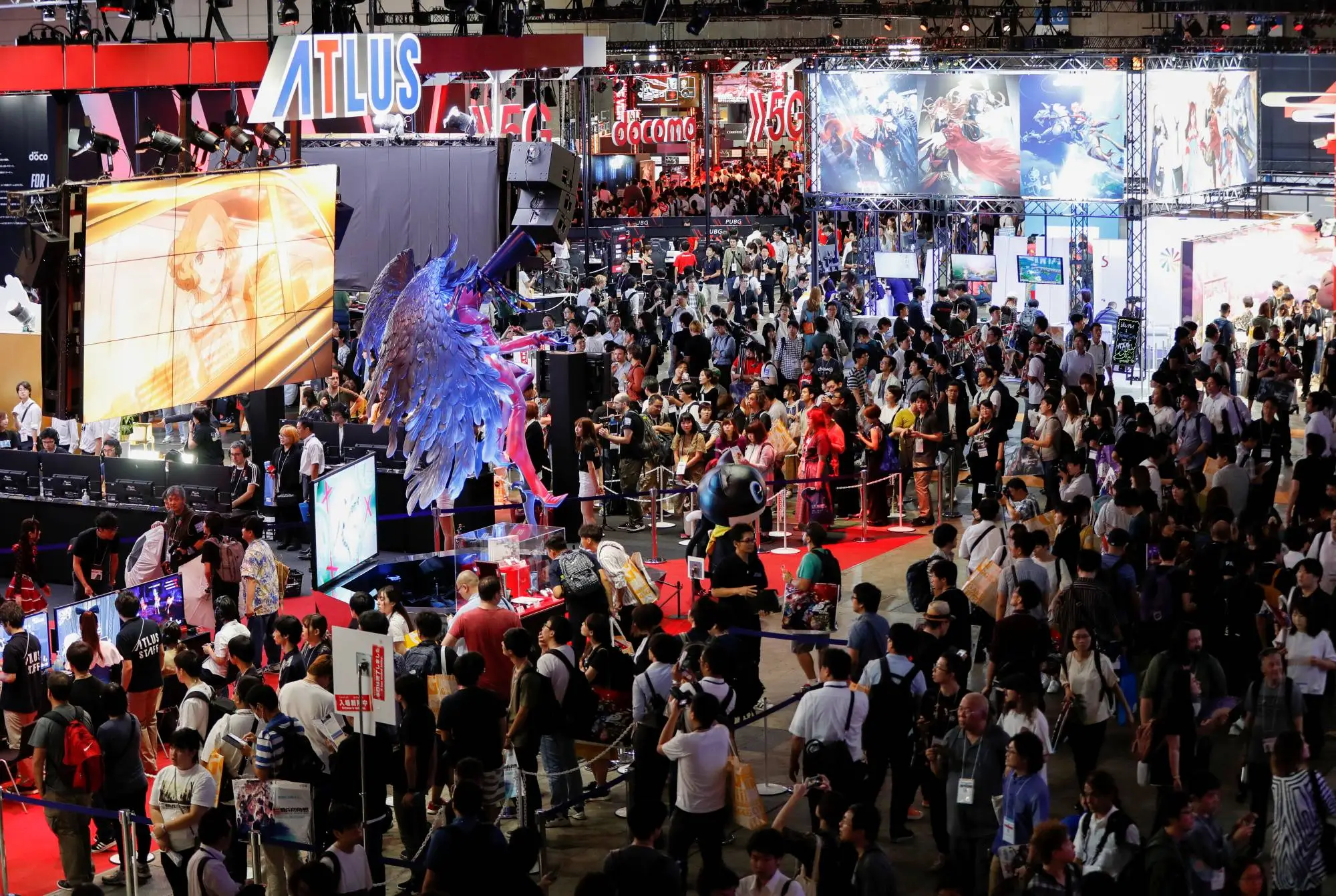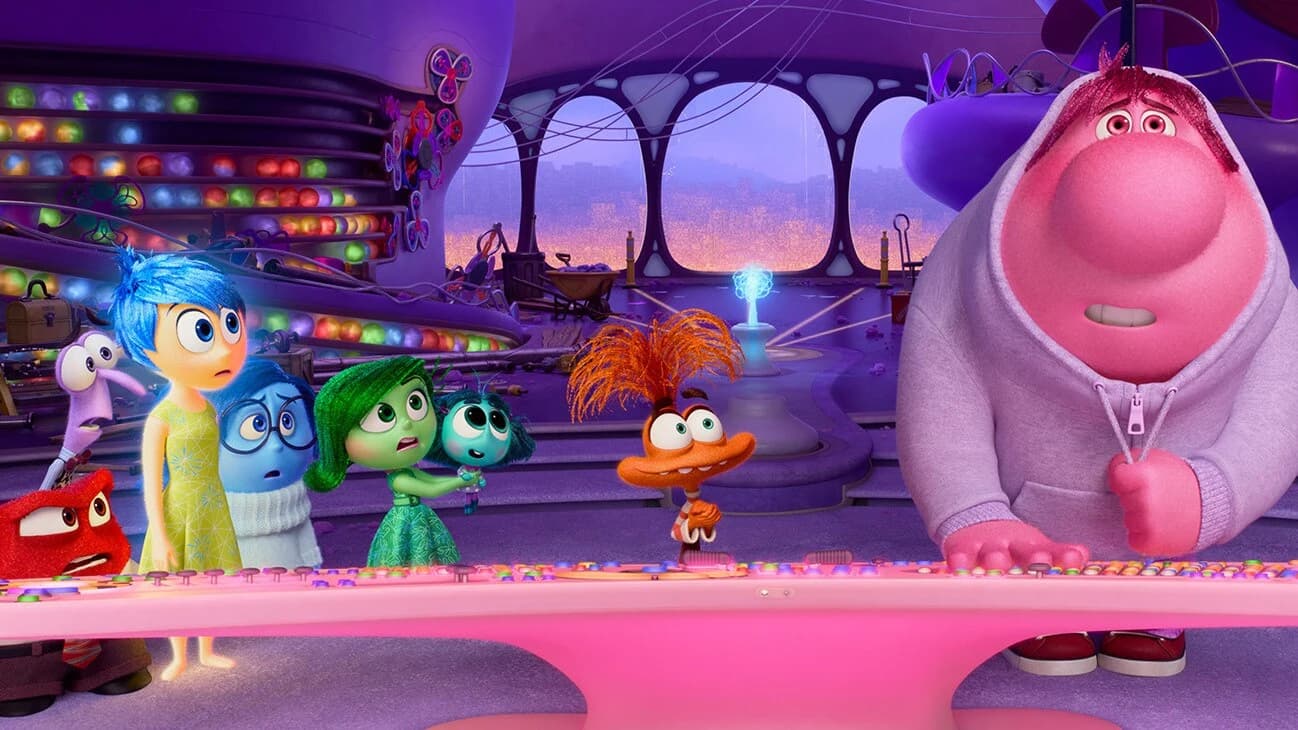For as long as I can remember, I’ve been fascinated by stories. They’ve always been my escape, my playground, my way of making sense of the world. Movies and video games, in particular, have been central to this obsession—two very different mediums that, at first glance, seemed worlds apart.
There’s something timeless about the way a film unfolds—how it pulls you into its story, its characters, its world. Then came video games, and my world expanded. Unlike movies, games didn’t just ask me to watch passively; they put me in the driver’s seat, letting me shape the story and experience the stakes firsthand.
But what really struck me was how much of what I loved about movies seemed to bleed into games.
Think Metal Gear Solid, for example. Playing it for the first time felt eerily familiar, like stepping into an espionage movie I’d somehow become part of. So it came as no surprise to me that Hideo Kojima, the game’s creator, turned out to be a self-proclaimed cinephile. Even the protagonist’s codename, “Solid Snake,” was a nod to Snake Plissken from Escape from New York. The strategic escapes and high-stakes tension in Metal Gear—those weren’t merely fun gameplay elements. Games weren’t only borrowing from movie but also reinterpreting them, turning passive viewing into active participation through their game mechanics.
Game mechanics are the systems and rules that govern how players interact with a game.
It's through these mechanics that games can create experiences that feel distinct from movies or other linear media. Naturally, in my quest for knowledge, I’ve compiled a list of examples where cinema has directly inspired video games, some of which I play and will keep playing forever.
Bullet Time: Dodging Bullets Like Neo
If you’ve ever felt like a total badass while dodging bullets in slow motion, thank The Matrix for that. The “bullet time” mechanic, popularized by Max Payne in the gaming underworld, allows players to pull off acrobatic feats in the heat of battle. Imagine leaping into the air as time slows, effortlessly avoiding incoming fire while returning fire with style. It’s the ultimate cinematic experience, bringing that iconic “bullet-dodging” scene from the movie to life in a way that makes you feel like the hero of your own action flick.
While these action mechanics help immerse players in the game's exciting moments, they clash with the noir story, which is beautifully told through a motion comics format in stark contrast to the cinematics.

2. Morality Choices: The Light and Dark Sides of Gaming
Star Wars didn’t just influence a galaxy far, far away; it shaped the way we interact with narratives in gaming too. The morality system in Mass Effect draws directly from the light side and dark side dynamics of the Star Wars universe. Your choices impact everything—from character relationships to the overarching storyline. It’s about how you want to be remembered in this universe, giving players the power to steer their narrative in significant ways.

3. First-Person Perspective: Living the Secret Agent Life
Remember how exhilarating it felt to play as a secret agent in GoldenEye 007? This game transformed the spy experience into a first-person perspective, immersing players in high-stakes espionage like never before. Inspired by the suave devil-may-care style of James Bond, GoldenEye laid the groundwork for the first-person shooter genre.

4. Cinematic Stealth: Sneaking Around Like Snake Plissken
In the world of stealth gameplay, Metal Gear Solid stands out for its innovative mechanics, which allow players to avoid confrontations. Inspired by Snake Plissken from Escape from New York, players learn that sometimes the best way to deal with danger is to evade it entirely. This emphasis on stealth created a blueprint for future action-adventure games, making sneaking around just as thrilling as going in guns blazing.

5. Cover System: Strategic Gameplay Inspired by Heat
The intense shootouts in Heat sparked a revolution in shooter gameplay with the introduction of cover mechanics in Gears of War. This game encourages players to take cover behind objects to protect themselves, transforming the way we approach combat. Instead of running and gunning, strategy and positioning become essential. You’re not just a character in a game; you’re a tactician navigating chaotic firefights with precision.

6. Horror Ambiance: Scary Atmosphere
Any horror-head will tell you Silent Hill 2 is a masterclass in psychological horror, and much of that comes from its atmospheric elements, inspired by the film Jacob’s Ladder. The fog, eerie soundscapes, and surreal environments all work together to build a sense of dread that immerses players in its terrifying world. It’s like when you’re playing the game, you’re living a lucid dream.

7. Interactive Dialogue Trees: Become the Noir Detective
The overpowering feeling of being a hard-boiled detective? L.A. Noire lets you step into that role with its interactive dialogue trees, possibly a nod to the classic film L.A. Confidential. Players read characters’ expressions and choose their responses carefully, blending investigation with storytelling. It’s a gameplay mechanic that adds depth to character interactions, making each choice feel consequential and engaging.

8. Heroic Duos: Action and Explore-action (Exploration)
If you love dynamic duos, look no further than Uncharted. Drawing inspiration from the adventures of Indiana Jones, the game combines action and exploration with a strong emphasis on teamwork. Characters support each other through various challenges, making you feel like you’re part of an epic Hero’s journey, but only together, complete with life-and-death situations and unforgettable camaraderie.

Final thoughts
Every time I sit down to watch a movie or pick up a controller, I’m reminded of how these two worlds, despite their differences, share a singular goal: to show us new possibilities, to let us live a thousand lives, and to remind us that stories—no matter the medium—are what make us human.

This blog was first posted as a loop on Openvy.



